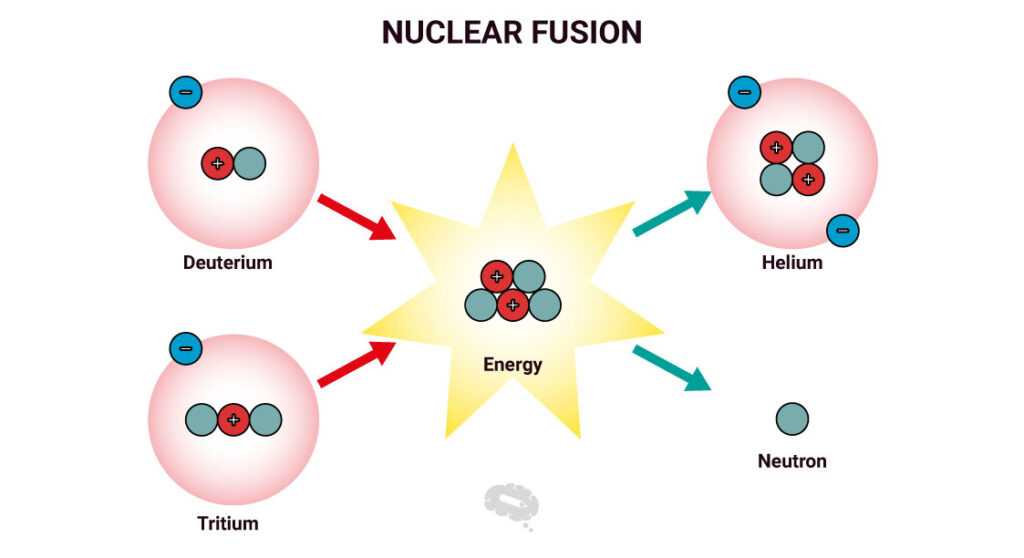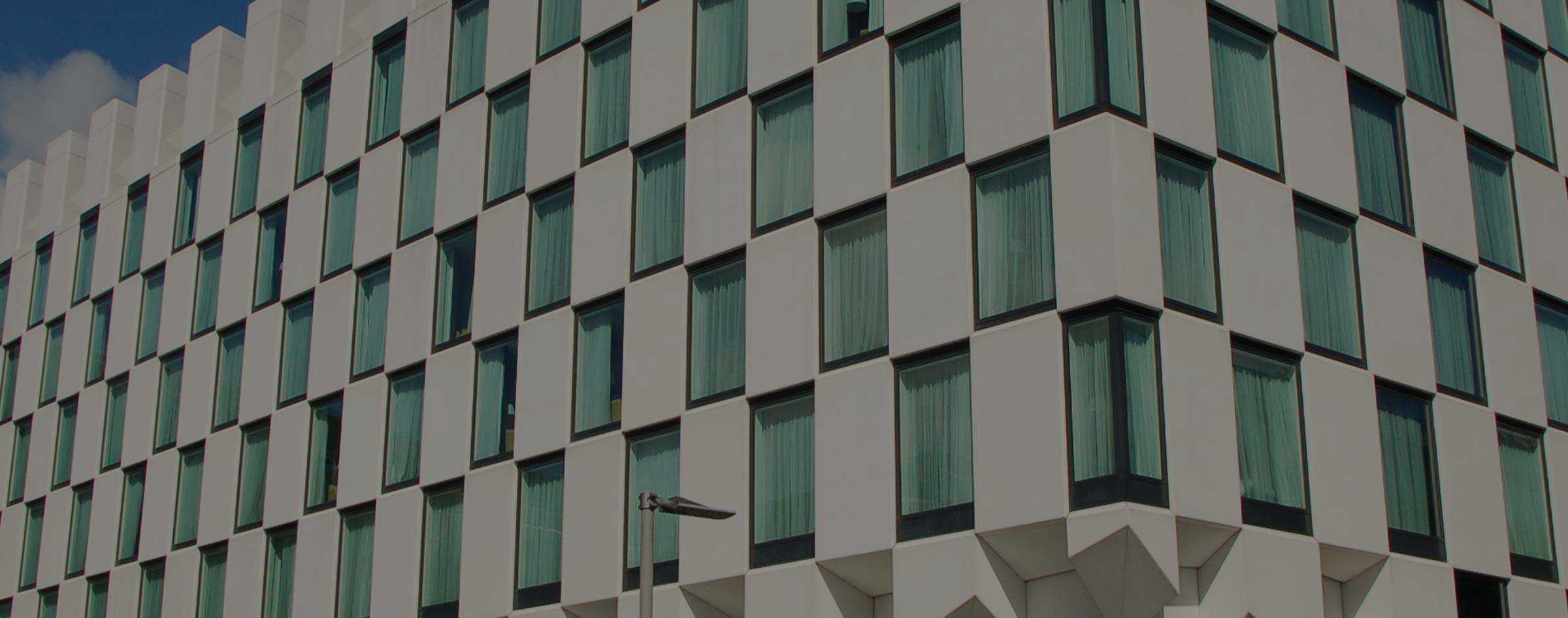Table of Contents
- Exploring the Intricate Design Elements of Modern Art Nouveau Architecture
- The Fusion of Nature and Technology in Contemporary Structures
- Key Architects Redefining Modern Art Nouveau Aesthetics
- Sustainable Practices in Modern Art Nouveau Construction
- Inspiring Examples of Modern Art Nouveau Around the World
- Q&A
- Future Outlook
Exploring the Intricate Design Elements of Modern Art Nouveau Architecture
Modern interpretations of Art Nouveau architecture showcase a profound appreciation for organic forms and intricate detailing. These designs emphasize fluid lines and natural motifs that draw inspiration from the surrounding environment. Key characteristics often include:
- Curvilinear shapes – Structures often mimic the contours of nature, blending seamlessly with landscapes.
- Floral and faunal elements – Decorative aspects are adorned with stylized plant and animal motifs.
- Innovative materials – The use of glass and iron allows for larger, more luminous spaces that reflect the beauty of the outdoors.
Today’s architects blend these historic elements with modern materials and technology to create spaces that are not only eye-catching but also functional. For instance, the implementation of sustainable designs ensures that these structures not only remain true to their aesthetic roots but also meet contemporary needs. The integration of smart technology, alongside intricate craftsmanship, allows for buildings that are as technologically advanced as they are artistically impressive.
Here’s a brief comparison between traditional Art Nouveau architecture and its modern counterparts:
| Aspect | Traditional Art Nouveau | Modern Art Nouveau |
|---|---|---|
| Materials | Stone, wrought iron | Glass, steel, eco-friendly composites |
| Design Focus | Ornate, handcrafted details | Simplicity meets complexity in sustainable designs |
| Integration with Nature | Symbolic representations | Seamless blending with the landscape |
Through the fusion of artistry and innovation, modern Art Nouveau architecture continues to captivate the imagination and spirit of those who encounter it. Embracing both the past and the present, this architectural style speaks to a desire for connectivity with the environment, while also pushing the boundaries of contemporary design.


The Fusion of Nature and Technology in Contemporary Structures
The striking interplay between the organic curves of nature and the sleek lines of modern design has revolutionized contemporary architecture. Harmonious integration is key to creating structures that not only stand out but also coexist with their environments. Buildings today utilize biomimicry and sustainable materials to echo the natural forms around them, fostering a dialogue between man-made and natural landscapes. This holistic approach encourages architects to design spaces that breathe, bringing greenery and natural light into urban centers.
A prime example of this synergy can be seen in the use of living walls and green roofs. These elements not only enhance aesthetic appeal but also provide environmental benefits. Here are some of the aspects associated with integrating nature into architecture:
- Reduced Heat Absorption: Green roofs help to keep buildings cool and reduce energy consumption.
- Improved Air Quality: Plants filter pollutants and produce oxygen, boosting urban air quality.
- Natural Insulation: Living materials provide better insulation than traditional options, lowering heating costs.
Moreover, the implementation of advanced technologies, such as smart building systems, allows for real-time monitoring of climate and occupancy, promoting energy efficiency. Structures equipped with solar panels, rainwater harvesting systems, and natural ventilation not only reflect an aesthetic commitment to sustainability but are also practical solutions to the pressing environmental challenges of our time. As architects continue to explore this fusion of nature and technology, we witness a transformative shift towards regenerative design, ensuring that our buildings contribute positively to their ecosystems.


Key Architects Redefining Modern Art Nouveau Aesthetics
The current resurgence of Art Nouveau aesthetics in modern architecture has been championed by a dynamic group of architects who artfully blend historical influences with contemporary sensibilities. These visionaries draw inspiration from the organic forms and intricate details that define this movement, infusing their projects with a unique flair that resonates with today’s architectural vernacular. Bold lines, fluid shapes, and elaborate ornamentation are hallmarks of their designs, reflecting the intricate craftsmanship that characterized the original Art Nouveau period. Among these key figures are:
- Joris W. Schaeffer – Known for his fluid, nature-inspired forms that capture the essence of modern organic architecture.
- Marina Tabassum – Combines traditional craftsmanship with innovative materials to create buildings that honor their context.
- David Chipperfield – Integrates elegance and simplicity, employing intricate detailing that pays homage to the past.
These architects utilize modern technologies and eco-friendly materials to push the boundaries of design while respecting the Art Nouveau philosophy of harmony between structure and its surroundings. Their work exemplifies not only a revival but a redefinition of aesthetics that invites intrigue and contemplation. For instance, through the careful use of glass, metal, and green spaces, these designs offer a seamless transition from indoor to outdoor environments, creating living spaces that feel holistic and alive.
| Architect | Signature Style | Notable Project |
|---|---|---|
| Joris W. Schaeffer | Fluid forms, Nature-inspired | Seamless Pavilion |
| Marina Tabassum | Contextual design, Traditional materials | Brick House |
| David Chipperfield | Elegant simplicity, Detailed craftsmanship | Amorepacific Headquarters |
In addition to aesthetic advancements, these architect’s projects frequently address sustainability and functionality, making them relevant to modern urban contexts. They elevate the discourse around architecture by reinterpreting the principles of Art Nouveau through a contemporary lens, ensuring that this timeless style is not merely about aesthetics but also about creating meaningful, functional spaces that engage the users and the community.


Sustainable Practices in Modern Art Nouveau Construction
In the realm of contemporary architecture, the revival of Art Nouveau has ignited a surge of interest in sustainable practices that marry aesthetic beauty with environmental responsibility. Modern interpretations of this movement are not merely concerned with visual splendor but also focus on minimizing ecological footprints. Architects are increasingly considering materials that are both recycled and locally sourced, emphasizing the need to reduce transportation emissions and promote regional economies. Utilizing materials like reclaimed wood and bamboo, along with energy-efficient window installations, reflects a commitment to sustainability that aligns with Art Nouveau’s affinity for organic forms and natural textures.
Moreover, the integration of green technologies has become a hallmark of sustainable Art Nouveau buildings. From passive solar design to innovative rainwater harvesting systems, modern architects incorporate solutions that enhance energy efficiency and resource conservation. Many structures now feature rooftop gardens and living walls that not only improve air quality but also create habitats for urban wildlife. These elements echo Art Nouveau’s celebration of nature, encouraging a dialogue between the built environment and the surrounding ecosystem. As a result, buildings not only serve their primary functions but also contribute positively to their broader ecological context.
As the architecture industry continues to evolve, community engagement and education around sustainability practices have emerged as critical components. By hosting workshops and seminars, firms committed to sustainable Art Nouveau practices foster awareness and encourage collaboration among stakeholders, including designers, builders, and clients. This community-centric approach cultivates a shared vision for greener building practices, ensuring that new constructs respect both historical context and environmental integrity. As the fusion of Art Nouveau aesthetics with sustainable technologies progresses, it creates a blueprint for future constructions that honor the past while safeguarding the planet.


Inspiring Examples of Modern Art Nouveau Around the World
Across the globe, the resurfacing interest in Art Nouveau is characterized by its harmonious lines and natural forms, seamlessly blending art with architecture. One striking example is the Casa Batlló in Barcelona, designed by the renowned architect Antoni Gaudí. This masterpiece boasts a vibrant façade adorned with colorful mosaics and organic shapes, drawing inspiration from the natural world. Visitors are mesmerized by the fluidity of its design, reflecting the movement’s emphasis on intertwining architecture with artistic expression.
In Paris, the iconic Metro Station Entrances, designed by Hector Guimard, epitomize the essence of this artistic movement. Their smooth, wrought-iron forms mimic graceful stems and blooms, creating a whimsical entryway to the bustling subway beneath the city. These structures not only serve a functional purpose but also transform daily commuting into an aesthetic experience, further solidifying Art Nouveau’s dedication to beauty in everyday life.
Moving further afield, the Majolikahaus in Vienna showcases the art movement’s diversity and reach. Designed by Otto Wagner, this building features a stunning tile-covered façade with floral motifs that evoke the spirit of nature. Its intricate designs illuminate the principles of Art Nouveau, blending craftsmanship with innovative architecture and reflecting a unity between environment and structure. With its unique style and dedication to form, the Majolikahaus stands as a testament to the enduring legacy of this captivating architectural style.
Q&A
Q&A: Exploring Modern Art Nouveau Architecture
Q1: What is modern Art Nouveau architecture? A1: Modern Art Nouveau architecture is an evolution of the Art Nouveau movement, which originated in the late 19th and early 20th centuries. Characterized by its organic forms, intricate details, and flowing lines, modern interpretations often blend traditional elements with contemporary materials and technologies, creating a unique fusion that captures both the essence of nature and the spirit of innovation.Q2: How does modern Art Nouveau differ from the original movement? A2: While the original Art Nouveau movement emphasized ornate designs and craftsmanship, modern Art Nouveau architecture integrates sustainable practices, minimalist principles, and cutting-edge materials. Designers today may use glass, metal, and concrete to reinterpret the fluid, natural forms of classical Art Nouveau, resulting in structures that are both visually stunning and environmentally conscious.
Q3: What are some key characteristics of modern Art Nouveau architecture? A3: Key characteristics of modern Art Nouveau architecture include fluid, curvilinear forms, the use of botanical and natural motifs, intricate detailing, and an emphasis on harmony with the surrounding environment. Additionally, there’s a trend towards sustainable design, incorporating elements like green roofs, solar panels, and energy-efficient systems, aligning aesthetic beauty with ecological responsibility.
Q4: Can you provide examples of modern Art Nouveau architecture? A4: Certainly! Notable examples include the Cactus Tower in Copenhagen, which showcases organic shapes inspired by natural forms, and the Vitra Fire Station in Germany by Zaha Hadid, known for its dynamic, flowing lines. Additionally, the Al Bahar Towers in Abu Dhabi combine modern technology with traditional Islamic patterns, creating a striking modern art nouveau façade.
Q5: Why is modern Art Nouveau architecture significant today? A5: Modern Art Nouveau architecture is significant as it challenges conventional design norms by promoting creativity and individual expression. It also emphasizes a connection to nature, which resonates with contemporary sustainability efforts. As urbanization continues to rise, these designs remind us of the importance of incorporating organic elements into our built environments, fostering a sense of beauty and serenity amidst the chaos of modern life.
Q6: How can one appreciate modern Art Nouveau architecture? A6: Appreciating modern Art Nouveau architecture involves engaging with its forms and understanding the stories behind them. Taking time to observe details like the play of light on airy structures, the integration of landscapes, and the craftsmanship can deepen your appreciation. Visiting architectural tours, reading about the designers’ philosophies, and attending exhibitions can also enhance your understanding and enjoyment of this art form.
Q7: What is the future of modern Art Nouveau architecture? A7: The future of modern Art Nouveau architecture looks promising, as it continues to adapt to contemporary challenges. With a growing emphasis on sustainability, social integration, and cultural relevance, future projects are likely to push the boundaries of architectural design, fostering communities that are as beautiful as they are functional. Emerging technologies, including 3D printing and smart materials, may further elevate the fluidity and complexity of these structures, ensuring that the spirit of Art Nouveau thrives in modern contexts.
